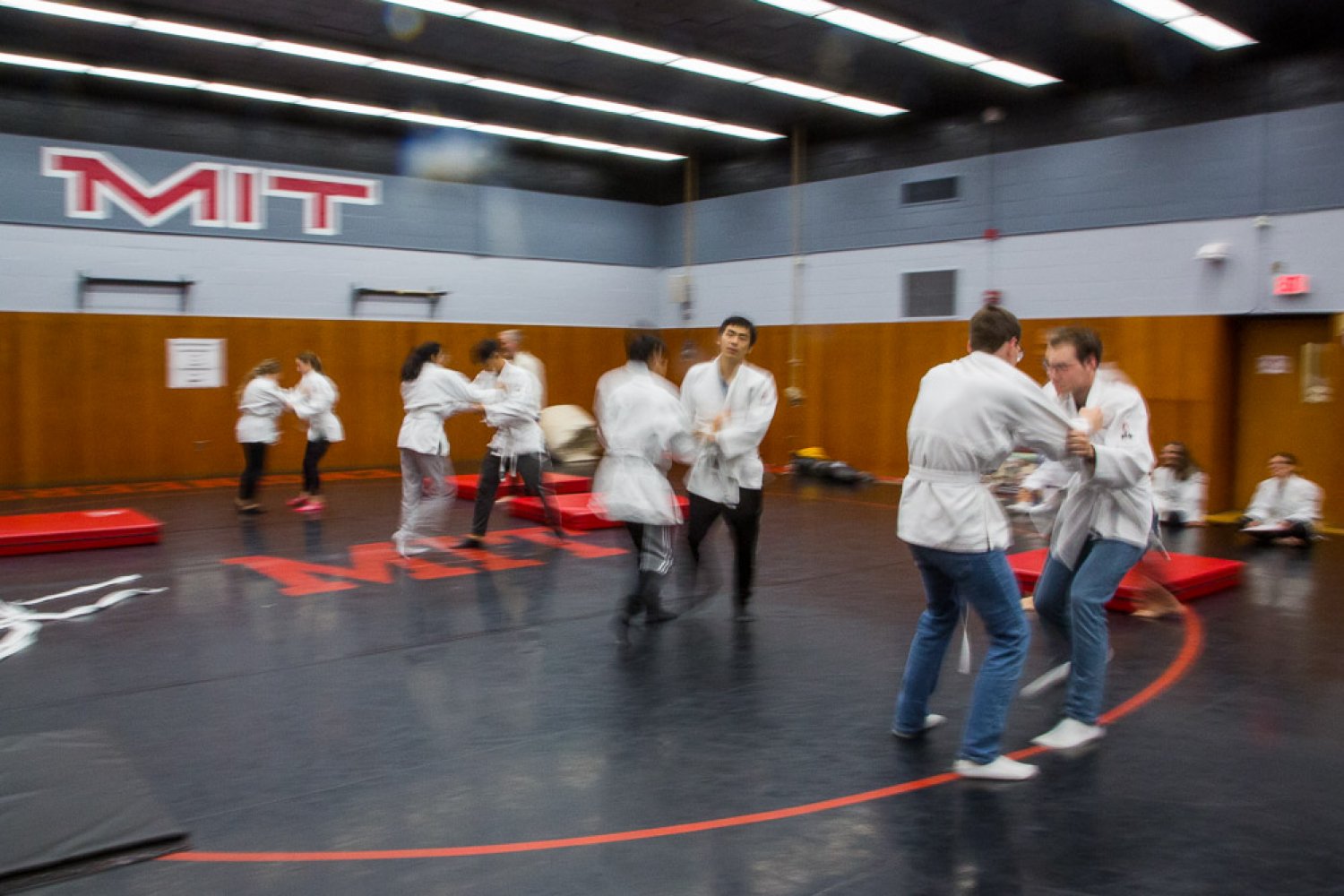Books have the remarkable ability to transport readers into new worlds, and when it comes to dance, the potential for vivacious storytelling is boundless. In this exploration of dance scene ideas for books, we delve into various themes and concepts that will inspire writers to incorporate movement and rhythm into their narratives engagingly and unmistakably captivating. Let’s embark on a journey through the vibrant intersection of literature and dance.
1. Characterization Through Movement
One of the most effective ways to develop characters is to explore their movements. How a character dances can reveal much about their personality, history, and emotional state. For instance, a reserved protagonist might engage in tentative ballet movements, showcasing vulnerability, while an exuberant street dancer might express joy through spontaneous, energetic hip-hop moves. By showing the characters’ unique dance styles, readers gain insight into their inner lives. A quiet waltz can symbolize grace under pressure, whereas a lively salsa might indicate a zest for life.
2. Historical Backdrops and Cultural Contexts
Incorporating dance into a historical setting can offer a vibrant backdrop, allowing readers to experience the nuances of different eras. Picture a Victorian ballroom filled with waltzing couples, each step accentuating social hierarchies and relationships. Alternatively, you could transport readers to the Harlem Renaissance, where jazz dances encapsulate the spirit of an era bursting with creative freedom. Each cultural context brings its own songs, dances, and movements, enriching the narrative tapestry with authenticity and depth.
3. Dance as a Metaphor
Dance can serve as a metaphor for numerous life experiences, from love to conflict. The delicate choreography of a couple’s first dance can represent the intricacies of new relationships, including passion and uncertainty. Conversely, a fierce dance battle could symbolize clashing personalities or ideological struggles. When dance embodies themes such as freedom, transformation, or struggle, it transcends mere artistic expression, forging a profound connection to the narrative’s central conflict.
4. The Dance of Conflict
Conflict is essential in storytelling, and incorporating dance can add an innovative layer of tension. Consider using dance duels or competitions where characters showcase their skills amidst personal stakes. Each move should contribute to the escalating tension, reflecting the stakes in their personal journeys. Whether it’s a ballet competition that pits two friends against each other or a street dance showdown where rival groups vie for respect, the choreography becomes a crucial element of the narrative arc.
5. The Evolution of Dance Styles
The exploration of evolving dance styles can provide a compelling framework for your narrative. Tracking the protagonist’s journey through different dance experiences allows for growth and change. Perhaps they begin with classical training and slowly transition into contemporary or urban dance. This not only showcases individual evolution but also reflects broader societal changes in attitudes towards art, culture, and expression. Each chapter can represent a different dance phase, symbolizing milestones in the character’s life and development.
6. Dance and Friendship
The bonds we form with others are frequently celebrated through the lens of dance. A coming-of-age narrative could center around a group of friends who navigate their youth’s complexities while training for a dance performance. Their collective experiences, from rehearsals to performances, expose their vulnerabilities, joys, and growth. This journey can feature themes of loyalty, rivalry, and the bittersweet nature of change as friendships evolve alongside their skills and aspirations.
7. Dance and Nature
Imagery that intertwines dance with the natural world can create breathtaking visuals on the page. Consider a narrative set in a mystical forest where characters’ movements mimic the rhythms of nature—the swaying trees, flowing rivers, or fluttering leaves. Dance here becomes a celebration of life, awakening the senses while establishing harmony between human expression and the environment. Writers can utilize vivid descriptions to enhance the reader’s imagination, making them feel as though they are part of the scene.
8. The Influence of Music
No discussion of dance is complete without considering the music that inspires it. The right song can elevate a scene, creating an emotional backdrop that resonates with readers. Crafting playlists for key moments in the story can help writers stay focused and infuse each dance scene with the appropriate ambiance. Music has the power to evoke nostalgia, joy, or sorrow, anchoring the movement in emotional depth that readers can feel viscerally.
9. Dance in the Digital Age
The rise of social media and digital platforms has transformed the dance landscape, making it a juicy topic for young audiences. Incorporating elements of viral dance challenges, influencers, or online collaborations can provide contemporary relevance to your story. Characters might create a dance video that unexpectedly brings them fame, exploring themes of identity, performance, and the impact of public perception. Digital platforms can act as modern-day arenas where the clash of tradition and innovation takes center stage.
10. Dance as Healing
Finally, consider how dance serves as a healing mechanism for characters dealing with trauma or hardship. Utilizing dance as a form of expression allows for catharsis and exploration of complex emotions. A character might find solace in movement, using it to process grief or anxiety. This therapeutic element provides a powerful message about resilience and the universal need for self-expression, inviting readers to reflect on their own experiences and connections with movement.
In conclusion, dance offers myriad possibilities for storytelling, allowing for rich character development, historical exploration, emotional depth, and engaging plots. By bringing movement onto the pages, writers can inspire young audiences to appreciate the beauty and power of dance as an integral part of life’s narrative. Whether through character arcs, cultural contexts, metaphors, or friendships, incorporating dance into literature is a dynamic strategy that can resonate profoundly with readers, echoing the rhythm of human experience.

